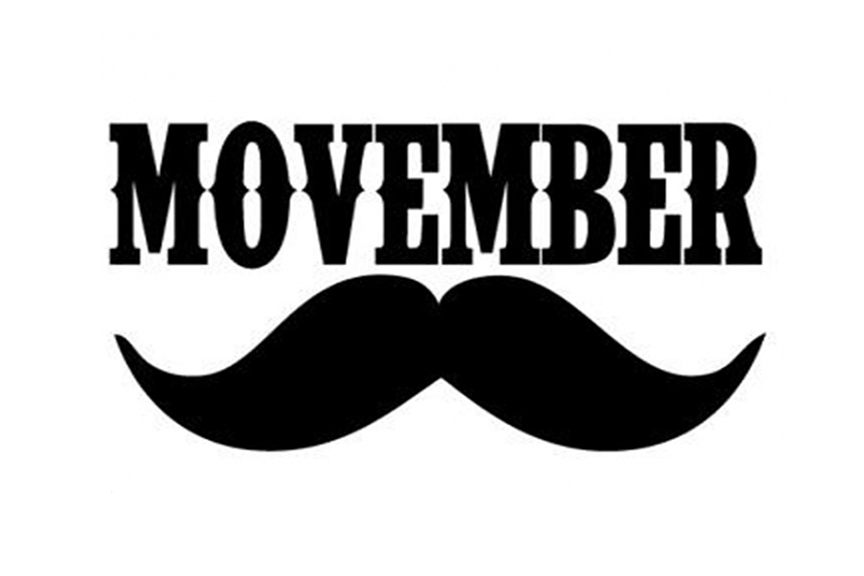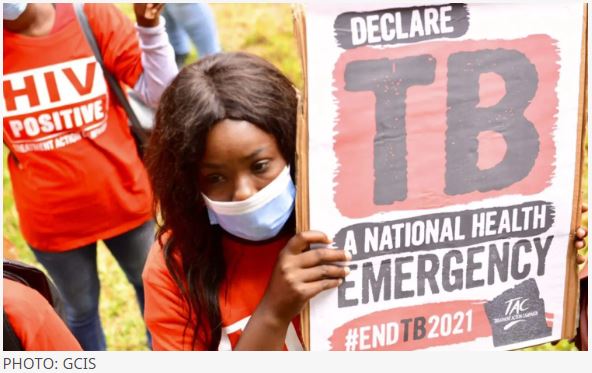


Let’s have a Mo-ment for Mo-vember!
1st November 2018


South African Health Excellence Awards 2018
24th November 2018by Salynn Boyles, Contributing Writer
Breathing ENDS aerosol linked to asthma attacks in study
Secondhand exposure to aerosols from electronic cigarettes and other electronic nicotine-delivery systems (ENDS) was associated with a greater risk for asthma attacks among pre-teens and teens participating in a school-based, cross-sectional survey.
The association was independent of cigarette smoking and ENDS use and exposure to secondhand cigarette smoke, reported Jennifer Bayly and colleagues from the National Institute on Minority Health and Health Disparities in Bethesda, Maryland, and George Washington University in Washington, D.C.
In the study, online in CHEST, the team suggested that clinicians may need to counsel youth with asthma about the potential risks of firsthand and secondhand exposures to ENDS aerosols.
“While our findings need to be confirmed by future longitudinal studies, it may be beneficial for health professionals to consider screening for and documenting ENDS use and secondhand ENDS aerosol exposure among asthmatic youth,” the investigators wrote. “Health professionals may also consider including ENDS aerosol exposure as a possible trigger in asthma self-management/action plans and updating asthma home environment assessments to include exposure to ENDS aerosols.”
The researchers noted that while the link between exposure to secondhand cigarette smoke and asthma exacerbations in both children and adults is well established, less is known about the impact of ENDS aerosol exposure and chronic lung disease.
They cited a recent report from the National Academies of Sciences, Engineering, and Medicine that concluded that there is moderate evidence for “increased cough and wheeze in adolescents who use e-cigarettes and an association with e-cigarette use and an increase in asthma exacerbations.”
“Although prior findings regarding ENDS use and asthma are suggestive, there is currently a lack of evidence regarding the relationship between secondhand or passive exposure to ENDS aerosol and asthma attacks,” Bayly and colleagues wrote.
Study Details
For the study, in an effort to better understand the impact of secondhand ENDS aerosol exposure on asthma exacerbation risk, the researchers analyzed 2016 data from the Florida Youth Tobacco Survey, which is an annual school-based, cross-sectional survey conducted by the Florida Department of Health.
The analysis included some 12,000 youths age 11-17 who reported having a diagnosis of asthma. The survey included questions about asthma attacks within the past 12 months, demographics, cigarette use, cigar use, hookah use, ENDS use, past-30-day secondhand smoke exposure, and past 30-day ENDS aerosol exposure.
Weighted multivariable logistic regression models were used to examine the association between secondhand ENDS aerosol exposure and past-12-month asthma attack status, adjusting for covariates.
Among the main findings from multivariate analyses:
- Overall, 21% of youth with asthma reported having an asthma attack in the past 12 months and 33% reported secondhand ENDS aerosol exposure
- In a weighted chi-square test, exposure to secondhand ENDS aerosols was associated with reporting an asthma attack (P<0.01)
- In a multivariable logistic regression model, the association between secondhand exposure to ENDS aerosols and asthma exacerbations remained significant (AOR 1.27; 95% CI 1.11-1.47), after controlling for demographics, individual tobacco product use, and secondhand smoke exposure
Results from the multivariable logistic regression model also showed asthma exacerbations to be more prevalent among females, non-Hispanics, current cigarette users, and those exposed to secondhand cigarette smoke (P<0.05).
Asthma exacerbations were less prevalent among youth ages 14-17 (versus those 11-13) and Hispanic/non-Hispanic black (versus non-Hispanic whites); (P<0.05).
“This study documents an association between secondhand exposure to ENDS aerosol and asthma exacerbations among youth with asthma,” Bayly and co-authors concluded. “Families may believe exposure to aerosols from ENDS to be benign. However, while this relationship is further elucidated, health professionals may wish to counsel asthmatic youth and their families regarding the potential risks of ENDS use and exposure to ENDS aerosols.”
last updated




